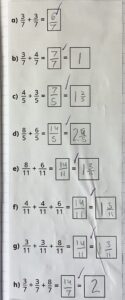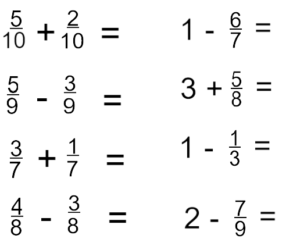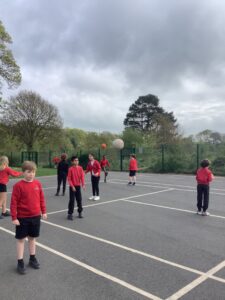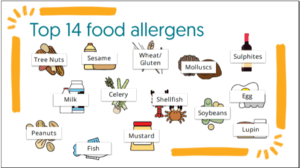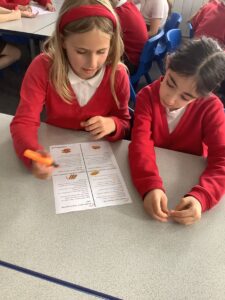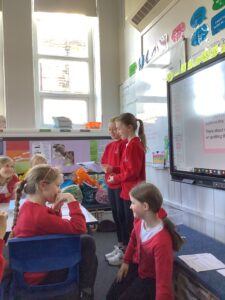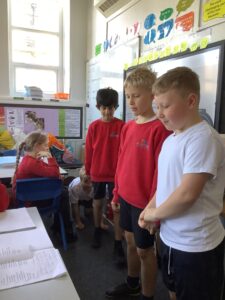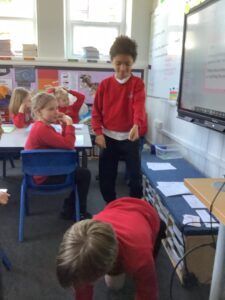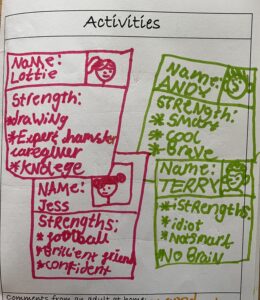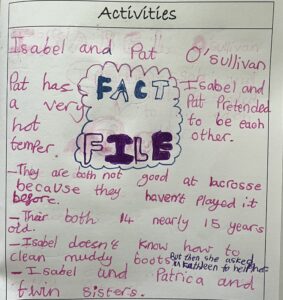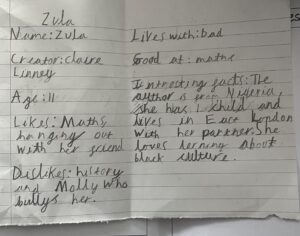This week in L&L, our statement was…
I can find solutions to different problems.
Before we try to solve a problem, we must recognise what emotions that situation is making us feel. Often, these emotions make things difficult for us because our brains are not very good at problem solving when our emotions are very high. Therefore, the first step of problem solving is trying to regulate our emotions.
Some of your children’s suggestions for regulating our emotions:
Take deep and slow breaths.
Listen to some relaxing music.
Do some colouring.
Go for a walk outside for some fresh air.
Talk to a trusted adult.
Write your feelings down.
Once our emotions are regulated, our mind is a little bit clearer and we are able to think of more appropriate and effective solutions to our problems.
Year 4 then became Agony Aunts. They were given two problems and had to work together to come up with suitable solutions to these.


I was really impressed by your children’s mature and responsible solutions to these problems. It was brilliant to see that they all knew the importance of speaking to a trusted adult whenever there’s a problem.
Help at home: practise some emotion regulation techniques with your children. Read through these problems and ask your children to come up with some solutions:
- Jalisha and her best friend Ella, both wanted the part of Cinderella in the play but Ella got the part.
- Daniel’s family are moving to Australia but he is really sad because he is going to miss his friends.
- Tom’s friend did better than him in the spelling test and keeps talking about it at break time.


